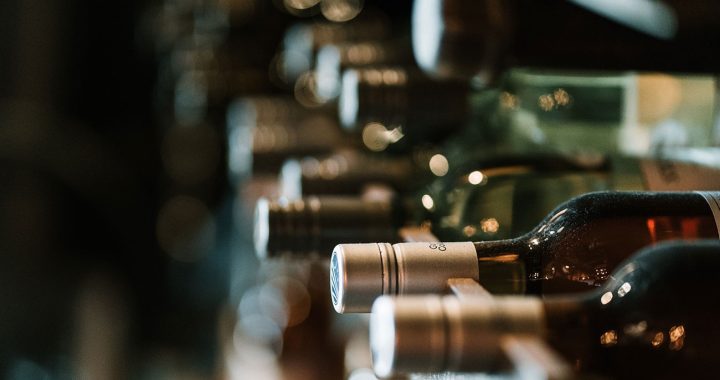
Wine Legs Are Indicators of the Wine’s Alcohol and Sugar Content
Have you ever heard of the term wine “legs”? Do you know what they look like and what they signify? The wine’s legs are the droplets that you see on the walls of the glass after swirling your drink. They are a demonstration of the Gibbs-Marangoni Effect, an event that occurs because of the difference in the evaporation rates of alcohol and water.
Remember that wine is composed of alcohol and water. Alcohol has a faster evaporation rate than water, and its surface tension is also lower. When exposed to the air, alcohol will evaporate quickly and leave the water behind. The water – because it has higher surface tension and a slower evaporation rate – will accumulate on the glass surface. Gravity will also affect the water pulling it downwards and causing it to leave a trail and form the legs. Because this phenomenon involves evaporation, the rate of leg formation will be affected by the humidity and temperature of the surroundings.
What Do the Legs Tell You About the Wine and Its Properties?
Despite the common misconception, the legs of the wine do not indicate its quality. The legs are more related to the level of alcohol in the wine and its sweetness. The higher the alcohol content of the wine, the more wine legs it will typically form at a given temperature.
- Sweeter wines have higher sugar content so they will produce more viscous tears.
- Examining the legs of wine in different seasons will also produce varied findings due to variations in humidity and temperature.
What Are Wine Legs Called and How Can You Examine Them?
The French call them “tears.” Others refer to them as church windows, while some describe them as the Gibbs-Marangoni Effect. You can examine them by observing their formation. To recreate this phenomenon, you can take a glass of wine and then hold it an angle so that the wine will flow on one side. Then, put the glass in an upright position and observe its rate of flow (viscosity) as well as the density of the forming legs. The more legs you see, the sweeter your wine and the higher its alcohol content. The higher alcohol content can also be observed by a more significant warming sensation at the back of your throat when you drink your wine.
If you want to build your wine tasting and evaluation skills, you can compare the wine legs of different types of wine. Also, you can cross-reference your findings with the labels of the wines. Note that for the tears or legs to form, the alcohol should be allowed to evaporate. In its absence, there will be no tears observed. Shake a closed wine bottle, and you will see that no legs will form because there’s no evaporation occurring.





